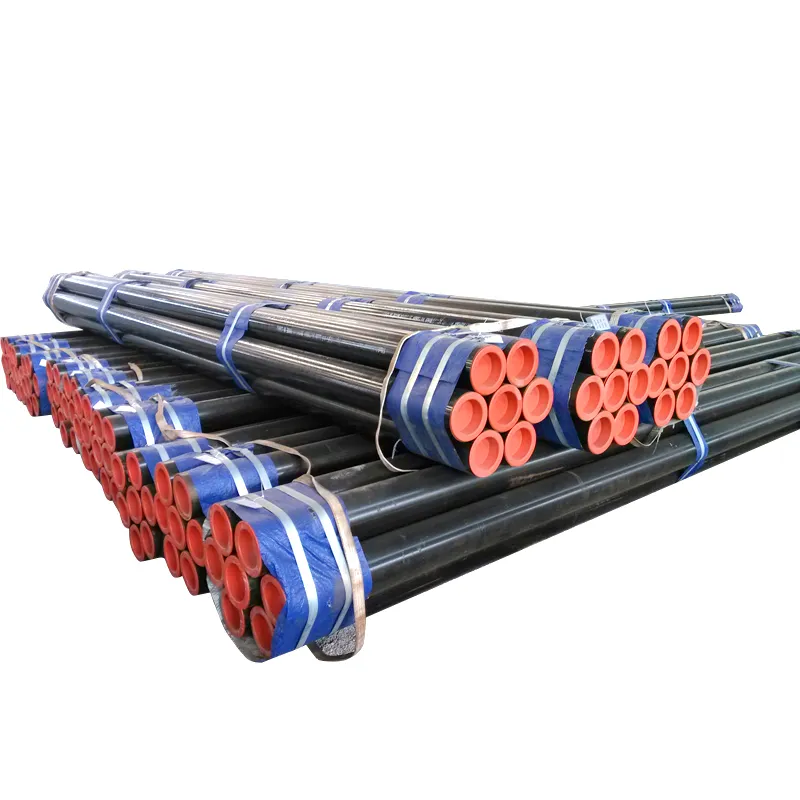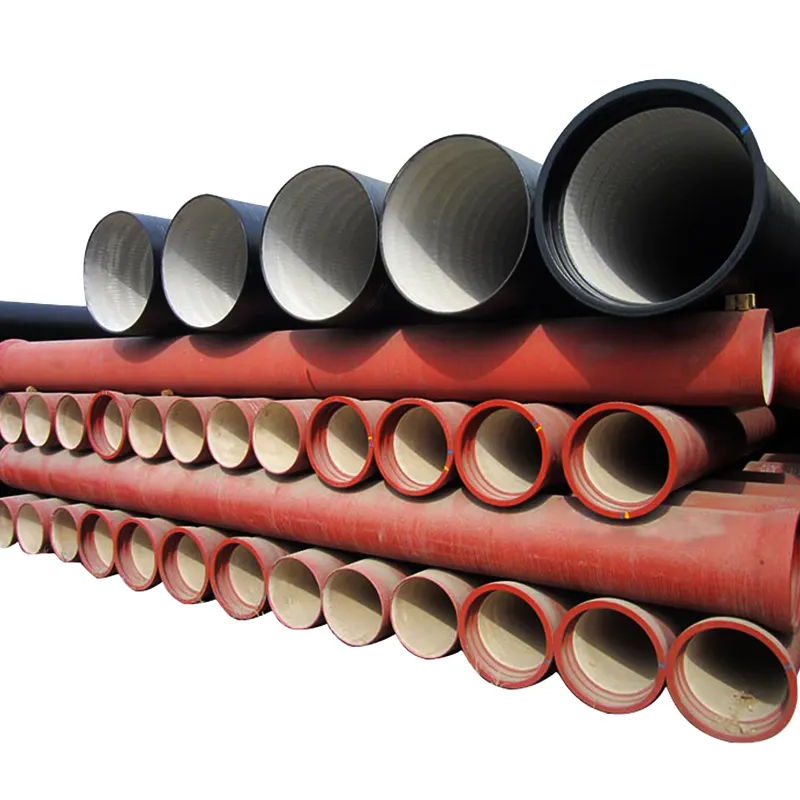Ductile iron pipe fittings are essential components for connecting, branching, changing direction, or reducing the diameter of ductile iron pipelines, ensuring the integrity and functionality of pipeline systems. These fittings, made from ductile iron with spheroidal graphite, inherit the parent material’s high strength (tensile strength ≥420 MPa), ductility, and corrosion resistance, enabling them to withstand the same pressure and environmental conditions as the pipes. Common types include elbows, tees, crosses, reducers, couplings, and flanges, each designed for specific installation needs. For example, 90° and 45° elbows change pipeline direction; tees and crosses create branches; reducers adjust diameter; couplings connect pipe segments. Manufacturing processes include sand casting or centrifugal casting, with strict quality control to ensure wall thickness uniformity and defect free structures. Heat treatment enhances mechanical properties, while surface coatings (zinc, epoxy) protect against external corrosion, and internal linings maintain medium hygiene. Ductile iron fittings feature compatible joint designs with pipes, such as rubber ring joints for flexibility or mechanical joints for high pressure applications, ensuring leak proof connections and adaptability to ground movement. They are critical in water supply, sewage, gas, and industrial systems, ensuring smooth medium flow and system reliability. Proper selection depends on factors like pipeline diameter, pressure, medium type, and installation environment, with international standards (ISO, ASTM) guiding specifications to ensure compatibility and safety. Their durability and ease of installation make them indispensable in infrastructure projects worldwide.


